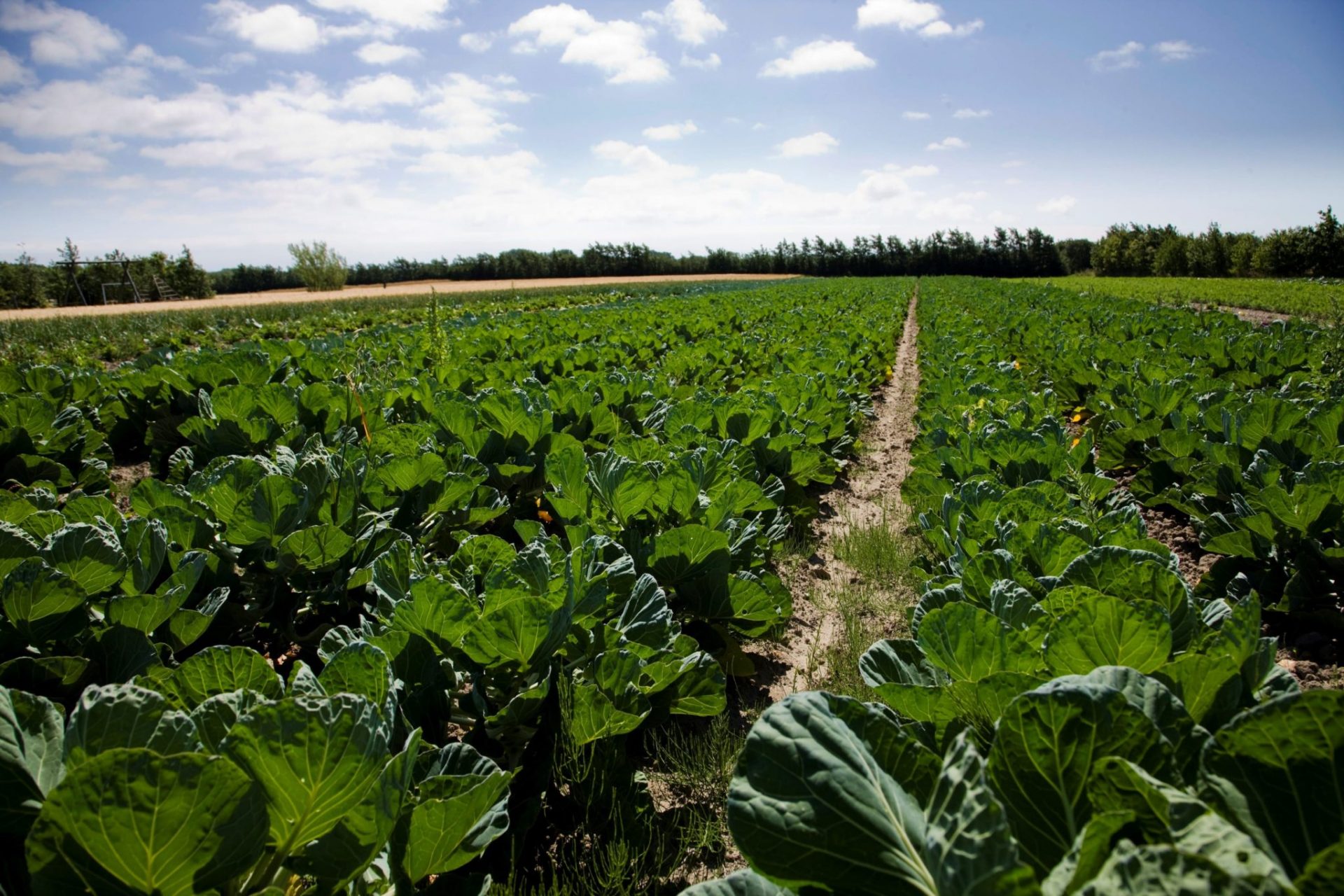Joint research maps local gastronomic potential
Looking ahead for new business opportunities is a prerequisite for a market-relevant and economically feasible agriculture. A new joint research project is mapping an exciting potential and will assist in action.
The balance between financial and environmental sustainability is always a challenge for the food sector. This balance – complying with political demands and structural challenges, alongside the development of economically sound farms – requires innovative and ‘thinking-beyond-the-box’ solutions.
Even in a small country like Denmark, diverse physical and cultural conditions for agriculture is evident. This suggests a potential for new products through a systematic approach to developing provenance foods. That is, location-specific produce and products reflecting the local or regional, distinctive characteristics – in short, the Danish terroir.
Mapping the potential
However, key knowledge gaps hindering a coordinated, strategic approach to a provenance food sector development have been identified. As a result, a new strategy is emerging within the Danish food cluster. At Aarhus University, the Department of Agroecology and Department of Management have joined forces with local authorities and private partners in the Provenance DK research project.
Even in a small country like Denmark, diverse physical and cultural conditions suggest a more systematic focus on developing provenance foods
The goal of the project is to address this knowledge gap and to identify potentials for terroir brands to develop by mapping the specific opportunities for a Danish provenance food sector.
From words to action
The project team have produced a report detailing the Danish food atlas – a report that shows the potential for a specific product within a certain area. Further, the report also provides inputs to new business models for local foods and assists the coordination between food networks, producers and municipalities. Find the full report through the link on the right side of this page.


